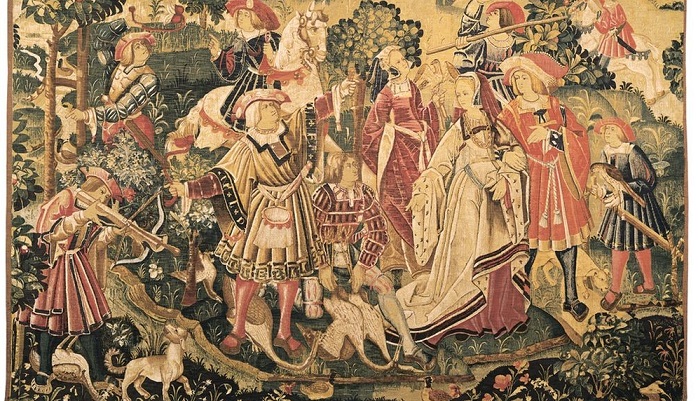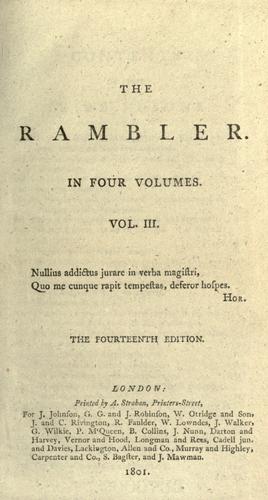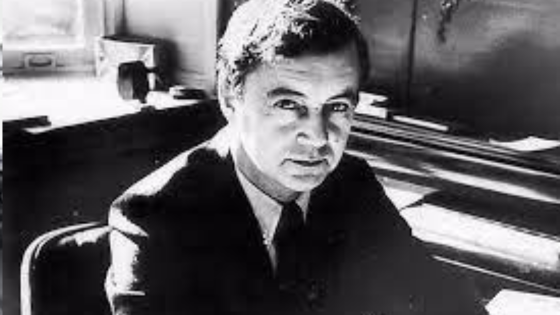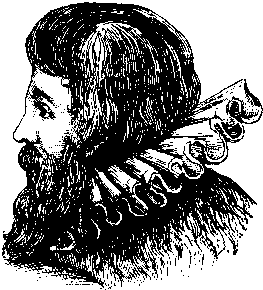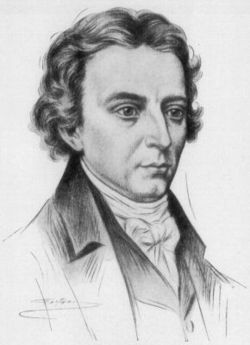What is Pastoral Elegy?
A pastoral elegy is a special kind of elegy that represents the poet as a shepherd mourning the death of another shepherd. The term ‘pastoral’ is derived from the Greek word “pastor,” meaning “to graze,” and it generally refers to rural life and nature. The pastoral elegy arose in ancient Greece, with notable practitioners like Theocritus, Bion, and Moschus. It was later adopted by the Roman poet Virgil and continued into English literature, with many works written from the Renaissance period (16th century) to the present day.
Characteristics of Pastoral Elegy
- Rural Setting: The poem often takes place in an idyllic, rural setting, with shepherds representing human life and nature. The imagery is drawn from rural life, such as grazing sheep, rustic landscapes, and country activities.
- Mourning a Fellow Shepherd: The poet presents themselves as a shepherd mourning the death of another shepherd. The death represents the loss of a noble figure or someone of importance to the poet.
- Idealization of the Dead: The subject of the elegy is typically idealized, with the poet glorifying their life and achievements, emphasizing the loss to the world or nature.
- Use of Nature Imagery: Nature plays an important role in traditional pastoral elegies. In many cases, nature is depicted as mourning the death, with natural elements like trees, flowers, and animals reflecting sorrow and grief.
- Formal and Conventional Style: The form of the pastoral elegy follows specific conventions, including specific imagery and a tone of grief that is exaggerated by its rural and idealized setting.
Examples of Pastoral Elegy:
Some of the most notable examples of pastoral elegies include:
- Spenser’s Astrophel
- Milton’s Lycidas
- Shelley’s Adonais
- Arnold’s Thyrsis and The Scholar Gipsy
Criticism of Pastoral Elegy:
While the pastoral elegy has been a prominent form, Dr. Samuel Johnson criticized it as artificial and unnatural, stating that the grieving process in a fictional rural setting lacked the sincerity expected in genuine mourning. This criticism highlights how the form can distance the poet from true emotional expression, making it appear contrived.
Modern Examples and Unconventional Elegies:
Though the pastoral elegy remained popular in earlier periods, modern poets have often moved away from these conventions, adapting the form in unconventional ways. For example:
- W.H. Auden reversed the traditional elegiac form in his famous elegy for W.B. Yeats. In Auden’s poem, nature is not mourning Yeats’ death but rather continuing its course indifferently. Moreover, Auden does not glorify Yeats’ death; instead, he treats the poet ironically, calling him “silly” and pointing out that his poetry made no significant change (“Ireland has her madness and her weather still”).
- Dylan Thomas, like Auden, was unconventional in his use of the elegy. Rather than focusing on the idealization of the dead, Thomas’s elegies often contain a more personal and visceral tone, challenging the traditional idealization of the deceased.
Also read: Discuss about georgic poetry: its characteristics and examples





